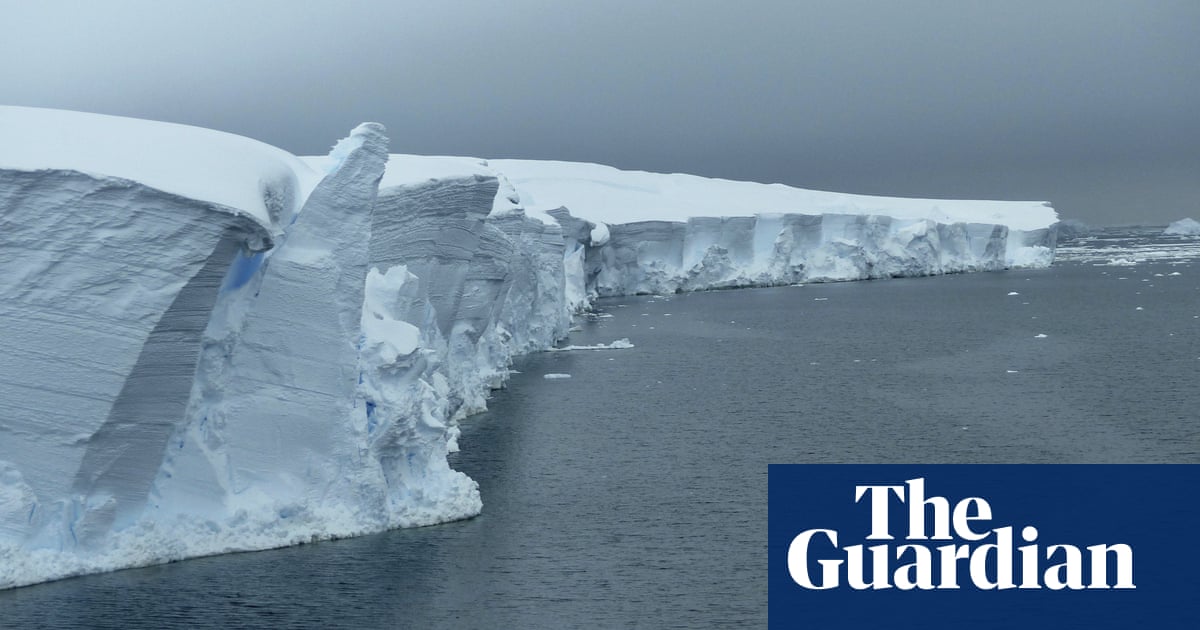
The fate of the world’s biggest ice sheet rests in the hands of humanity, a new analysis has shown.
Antarctica"s coastal glaciers are shedding icebergs more rapidly than nature can replenish the crumbling ice, doubling previous estimates of losses from the world"s largest ice sheet over the past 25 years, according to satellite analysis by Nasa researchers.
If global heating is limited to 2C, the vast East Antarctic ice sheet should remain stable, but if the climate crisis drives temperatures higher, melting could drive up sea level by many meters, they said.
The first-of-its-kind study, led by researchers at NASA"s Jet Propulsion Laboratory (JPL) near Los Angeles and published in the journal Nature, raises new concern about how fast climate change is weakening Antarctica"s floating ice shelves and accelerating the rise of global sea levels.
The study"s key finding was that the net loss of Antarctic ice from coastal glacier chunks "calving" off into the ocean is nearly as great as the net amount of ice that scientists already knew was being lost due to thinning caused by the melting of ice shelves from below by warming seas.
Taken together, thinning and calving have reduced the mass of Antarctica"s ice shelves by 12 trillion tons since 1997, double the previous estimate, the analysis concluded.
The net loss of the continent"s ice sheet from calving alone in the past quarter-century spans nearly 37,000 sq kilometers (14,300 sq miles), an area almost the size of Switzerland, according to JPL scientist Chad Greene, the study"s lead author.
"Antarctica is crumbling at its edges," Greene said in a NASA announcement of the findings. "And when ice shelves dwindle and weaken, the continent"s massive glaciers tend to speed up and increase the rate of global sea level rise."
Ice shelves, permanent floating sheets of frozen freshwater attached to land, take thousands of years to form and act like buttresses holding back glaciers that would otherwise easily slide off into the ocean, causing seas to rise.
When ice shelves are stable, the long-term natural cycle of calving and re-growth keeps their size fairly constant.
In recent decades, though, warming oceans have weakened the shelves from underneath, a phenomenon previously documented by satellite altimeters measuring the changing height of the ice and showing losses averaging 149 million tons a year from 2002 to 2020, according to NASA. — Agencies












